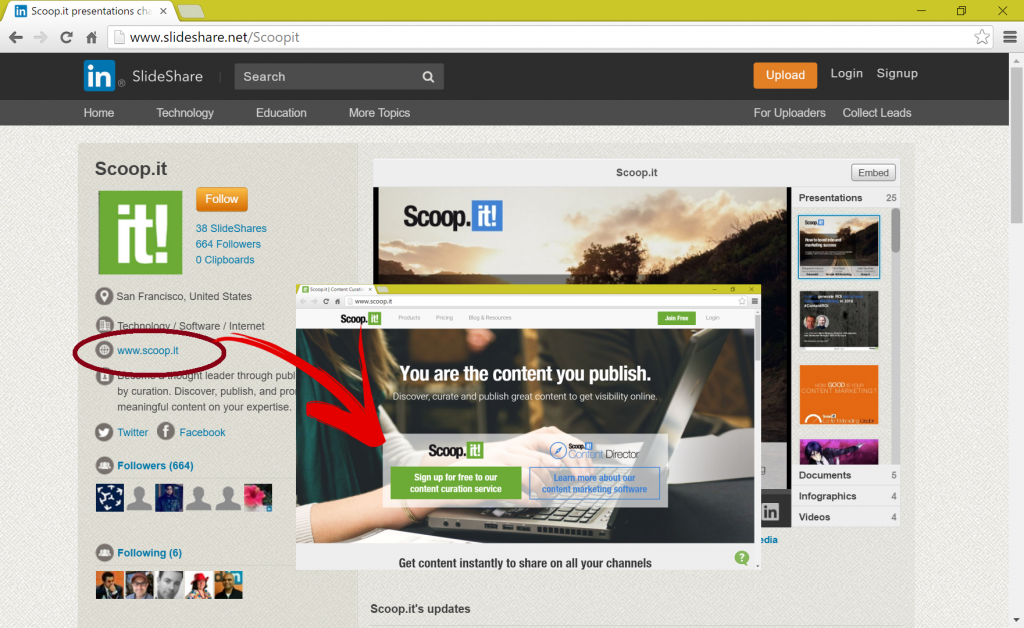Second-Tier Link Building: The Basic Premise
As you must be aware, building links to your website constitutes your first tier links. Your second tier links are those formed by building links to pages that link to your website.
To build second tier links, all you need to do is link to something new that returns your favor by linking to your site. You can achieve that by leveraging your social media presence to advertise content that links to your official website. Similar results can achieved by asking other publishers to link their article to one of your creations.
This process will do a world of good not only to for your search rankings, but also to the overall traffic to your site. National businesses often make use of second tier links to achieve superior search rankings. They usually “nofollow” those links after achieving desired results.
Given below is how you initiate the second tier link building process to your website.
Let’s take a look at the number of referring domains to the page.
As you can see there are 20 domains linking to that particular article. This means that there are 20 potential opportunities for someone to locate the page, plus the possible click-throughs to the site. Now that is worth a try, ain’t it?
Another such instance is a site called slideshare.net, which displays an author’s profile page linking to his website, as shown below.
Now see the number of referring domains pointing to that author’s Slideshare presence.
The number of referring domains, as you can see, are 90. This simply means that the author can look forward to 90 potential opportunities for someone to locate their main website. This is how you attract quality traffic to your site. It’s worth a look, right?
But like everything else, there are some dos and don’ts that you need to follow.
Dos
- Increase your site engagement levels by socializing with the domain that links you in the first place.
- Invest some of your precious time to build links to those domains much in the way you do for your main website. If someone had referred to your content previously through your main website, write more relevant content and let them know about it.
- Follow the same quality guidelines to develop some valuable second-tier links to your site.
- Realize that the site that links to you must be commanding more online authority than your official web presence. In case, you get a chance to write for a major publication, you’ll get more linking opportunities to generate links to your site through your brand new blog article.
Don’ts
- Be careful not to link your site with domains that are low on authority
- Don’t go overboard when asking for links. It gets a bit cheesy when you include more than one URL in your email communication and stand a chance to be labeled, by the webmaster, as the one using emailers for promoting their website. That doesn’t look good and doesn’t serve your purpose either.
- Stop building links to a domain which is low on authority and has previous links pointing to your site.
- Leverage automated robots to build second-tier links.
Your Final Takeaways
Build second-tier links not just for better search rankings; do it for attracting some quality traffic to your site. A multiple link strategy can be used for spamming purposes, but when used legitimately can work wonders for your content through the site that links back to you.
Have questions? Write to us at sales@ebrandz.com.








